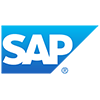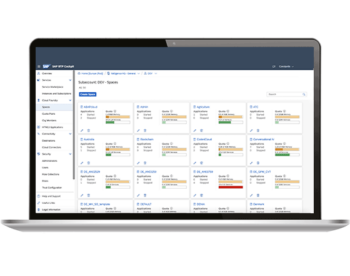SAP’s BTP environment Neo is soon going to be a thing of the past.
More precisely, SAP is going to sunset the Neo environment on December 31, 2028 – and both NTT DATA Business Solutions and SAP advise clients to act – sooner rather than later.
One of the main reasons for the sunsetting, according to SAP, is that users of Neo have long reported that the environment no longer provide the best technological path forward for their cloud or hybrid transformation journeys.
Life after Neo: All roads lead to Cloud Foundry
Even if it is a long farewell to Neo for many, everyone should be asking themselves: What is next for users of SAP’s BTP environment Neo? What is the best platform to move to?
If you ask us, all roads now lead to the Cloud Foundry environment.
Cloud Foundry is SAP’s versatile cloud environment on the Business Technology Platform (BTP), designed to support a wide range of applications, including SAP-centric solutions. It is a robust Platform-as-a-Service (PaaS) that allows for flexible and scalable deployment of applications, regardless of programming language or integration complexity.
Cloud Foundry is tailored for the SAP ecosystem, and it facilitates easy development, testing, and deployment, while seamlessly integrating with existing SAP systems, all without the need for managing underlying infrastructure. This makes Cloud Foundry an ideal choice for SAP users seeking an adaptable and efficient cloud solution.
The sooner the better: Cloud Foundry is the future
To be frank, even if SAP had not put a date on sunsetting Neo, migrating to the Cloud Foundry environment would still be the right decision, since so many benefits can be gained by doing so.
The move from Neo to Cloud Foundry is ultimately driven by the common need for more agile, scalable, and innovative cloud environments.
Cloud Foundry represents not just a shift in technology. It’s a significant leap towards innovation and more flexibility. Exactly what is called for these days, where agility and scalability in business processes are paramount.
Cloud Foundry gives you efficiency, more flexibility, and less costs
The key benefit from Cloud Foundry’s architecture is that it allows businesses to deploy and manage applications more efficiently, leading to increased operational flexibility and reduced total cost of ownership.
Not to forget: The transition is also an opportunity for businesses looking to optimize their integration landscape and embrace the innovative capabilities of the SAP Integration Suite in the future operations.
So how do you migrate to Cloud Foundry successfully? In this article, we cover the most important topics related to the migration process to Cloud Foundry.
Read more on the transition from SAP here.




